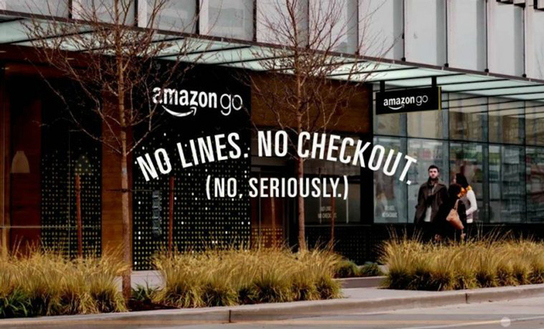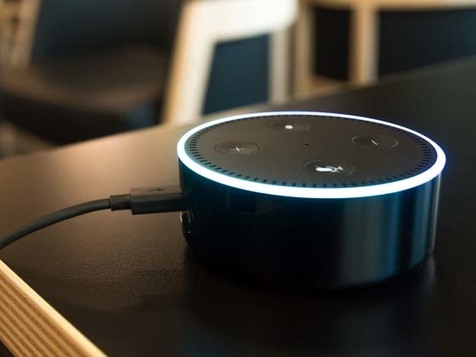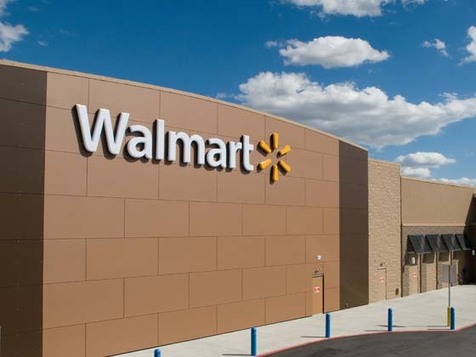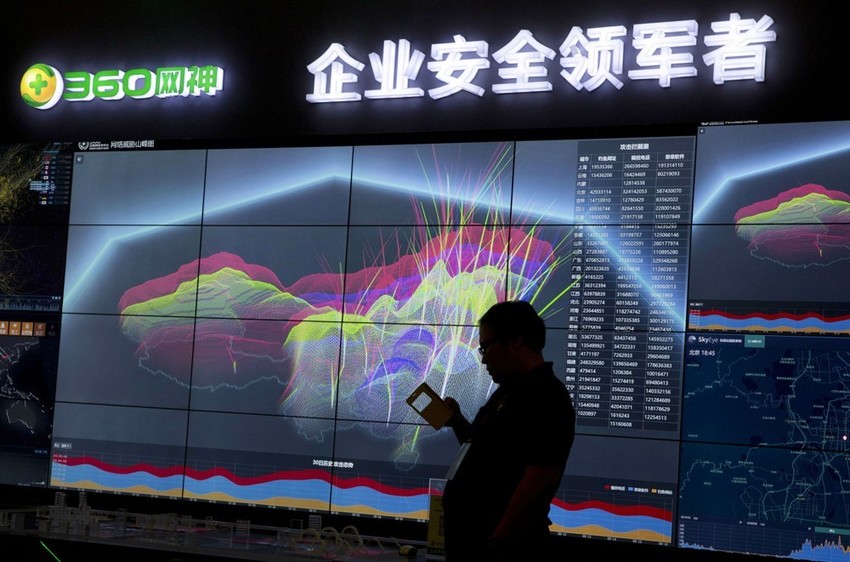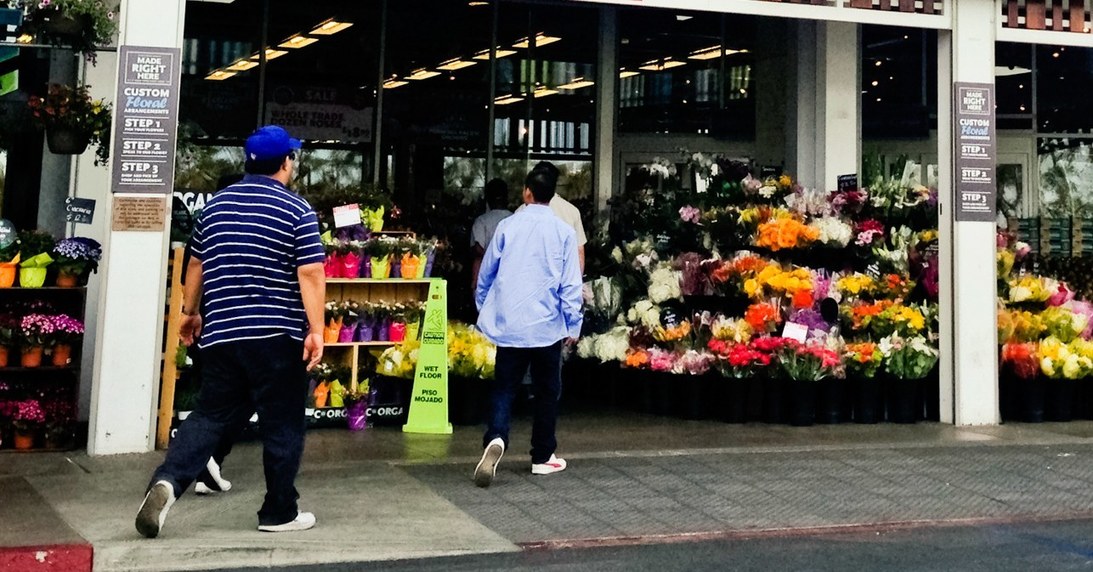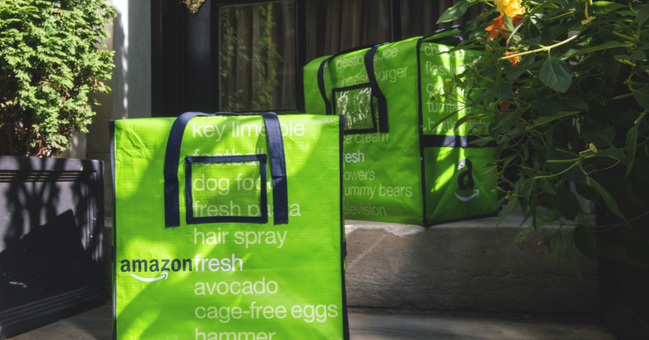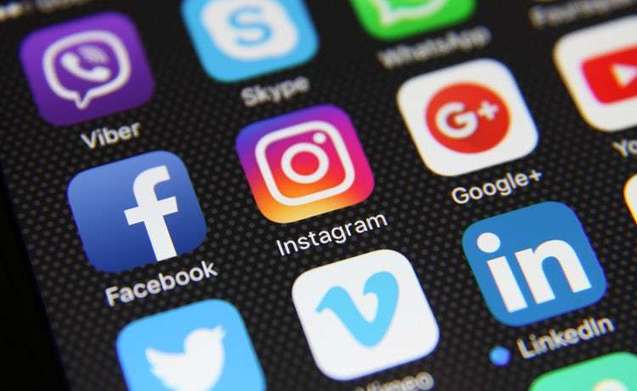GrubHub (GRUB) Could Be Next for Amazon Following Whole Foods – Wedbush
Wedbush analyst Aaron Turner speculates that GrubHub Inc. (NYSE: GRUB) could be Amazon's (NASDAQ: AMZN) next takeover target with the company now squarely on food delivery following its acquisition of Whole Foods (NYSE: WFM). "We view the rationale for a GRUB acquisition by AMZN as sound," Turner comments. "AMZN has already made its own foray into restaurant delivery with minimal success, the overlap between WFM customers and GRUB users likely high due to similar geographic footprint and value propositions, and synergies would likely be realized with GRUB's operational and logistical infrastructure." Turner sees a deal between Amazon and Grubhub has a win-win. "An acquisition of GRUB would give AMZN a network of 50,000 restaurants, nearly 9 million active diners, and an annualized run rate of over $3 billion gross food sales," he commented. "This combination of forces would create a dominant force in restaurant delivery. Additionally, AMZN could leverage GRUB’s delivery infrastructure in its grocery delivery efforts thus increasing the utilization of the network in non-peak meal times."

